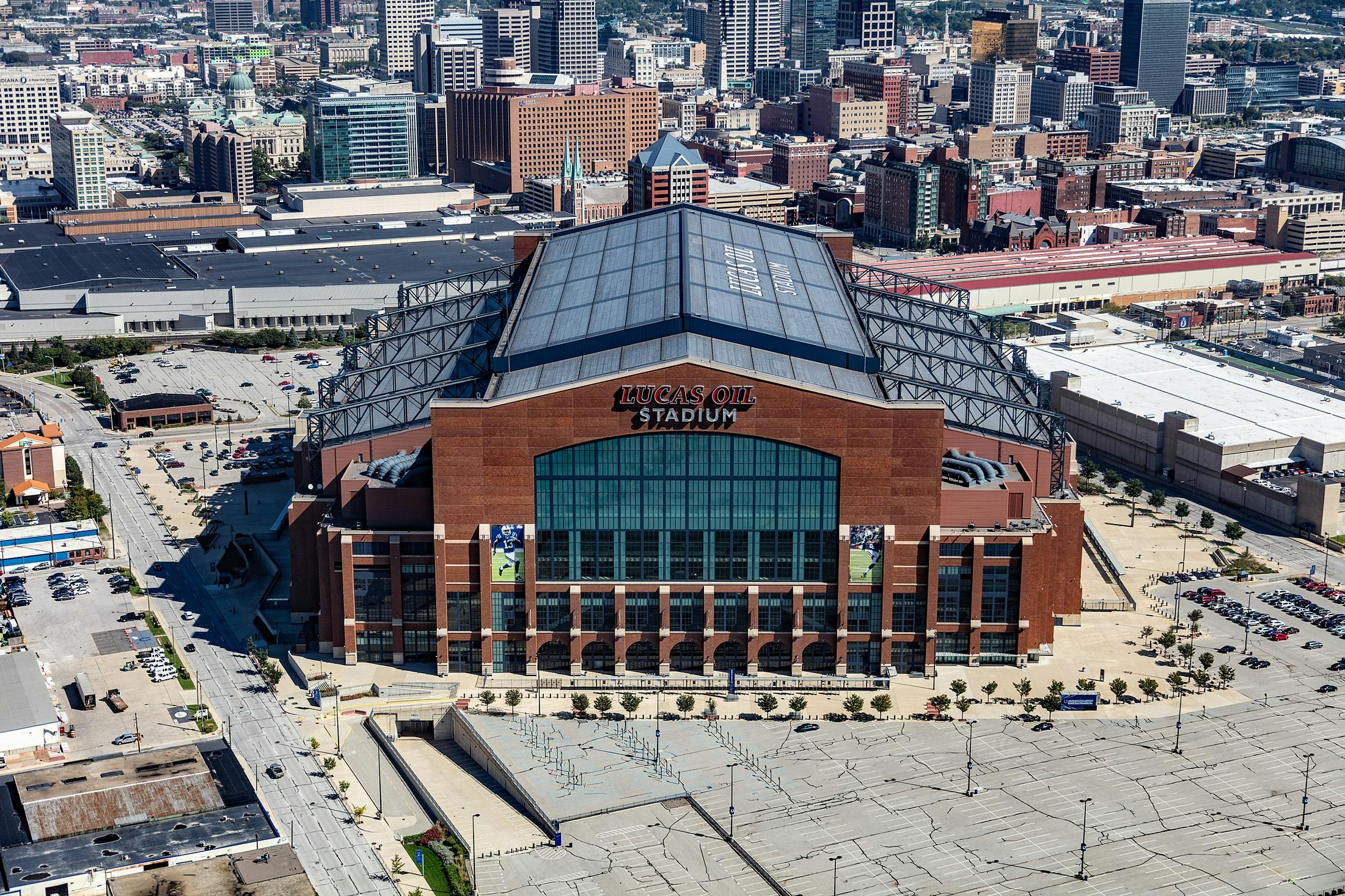Table of Contents
- Introduction to Commercial Architecture
- The Importance of Commercial Architecture in Business
- Types of Buildings in Commercial Architecture
- Key Elements of Successful Commercial Architecture
- Building a Portfolio in Commercial Architecture
- Using Portfoliobox for your Commercial Architecture Business Website
- The Future of Commercial Architecture
- Conclusion
- FAQs about Commercial Architecture
Commercial Architecture is an essential field of study that focuses on designing and constructing buildings for business purposes. This domain is a melting pot of creativity and functionality, creating environments that not only meet the needs of the businesses but also inspire and motivate people who use these spaces. The discipline of Commercial Architecture is hence both an art and a science, and its impact is far-reaching, affecting the daily lives of millions of people.
The realm of Commercial Architecture extends to various building types, such as offices, malls, and hotels. It skillfully combines aesthetics with practicality, thereby creating spaces that are both beautiful and utilitarian. The design of these buildings goes beyond just visual appeal; it also encompasses ergonomics, sustainability, and technology, among other aspects.
Commercial Architecture plays a pivotal role in the success of businesses. It doesn't merely provide a physical location for a business; it creates an environment that can influence the productivity, satisfaction, and overall well-being of the people working in or visiting these commercial spaces.

The Importance of Commercial Architecture in Business
In the business world, the importance of Commercial Architecture cannot be overstated. This discipline significantly contributes to the overall image and brand identity of a company. A well-designed office, for instance, can communicate a company's values, culture, and professionalism to its employees, clients, and visitors.
Moreover, Commercial Architecture can also impact a business's operational efficiency. A well-planned workspace can foster collaboration, improve productivity, and enhance employee satisfaction. On the other hand, retail spaces like malls and shops require an architectural design that drives customer engagement, encourages purchases, and provides a memorable shopping experience.
Commercial Architecture also plays a crucial role in the hospitality industry. Hotels, resorts, and other similar establishments need to provide their guests with an ambiance of comfort, luxury, and relaxation. This is achieved through thoughtful architectural design that considers various factors like space planning, lighting, acoustics, and interior decor.
Types of Buildings in Commercial Architecture
Commercial Architecture encompasses a wide range of building types, each requiring a unique design approach. Offices, for instance, require a design that promotes productivity, collaboration, and well-being among employees. This could include open floor plans for better communication, natural lighting for improved mood and health, and ergonomic furniture for comfort and efficiency.
Malls, on the other hand, need to create an enticing shopping environment. This could involve strategic store layout to guide customer flow, attractive window displays to catch attention, and ample seating areas for customer comfort. Additionally, factors like safety, accessibility, and sustainability also play a crucial role in the design of these commercial spaces.
Hotels, another key category in Commercial Architecture, require a design that ensures guest comfort and satisfaction. This could include spacious rooms with pleasant views, inviting lobbies, convenient amenities, and aesthetically pleasing interiors. Furthermore, the architecture of these establishments also needs to adhere to various industry standards and regulations.

Key Elements of Successful Commercial Architecture
Successful Commercial Architecture is characterized by several key elements. First and foremost, functionality is paramount. The design should cater to the specific needs of the business, whether it's an office requiring collaborative spaces or a retail store needing an effective product display.
Aesthetics is another critical element. The architecture should be visually appealing and reflect the brand's identity. This can be achieved through a combination of factors like colors, materials, lighting, and decor.
Sustainability is increasingly becoming a vital element in Commercial Architecture. This involves designing buildings that are energy-efficient, environmentally friendly, and have a minimal carbon footprint. Incorporating renewable energy sources, using sustainable materials, and implementing water conservation measures are some ways to achieve this.
Building a Portfolio in Commercial Architecture
Building a portfolio is an essential step for professionals in the field of Commercial Architecture. A well-curated portfolio showcases your skills, creativity, and experience, helping you stand out in the competitive market.
Begin by selecting your best projects that demonstrate your versatility and expertise. Include a variety of commercial buildings like offices, malls, and hotels. For each project, provide high-quality images and a brief description detailing the design process and the challenges you overcame.
Next, organize your projects in a logical and visually appealing manner. You can categorize them based on the type of building, the design style, or the chronological order of completion. Also, remember to update your portfolio regularly with your latest projects to keep it fresh and relevant.

Using Portfoliobox for your Commercial Architecture Business Website
In today's digital age, having a business website is crucial. Portfoliobox is an excellent platform to create your Commercial Architecture business website with Portfolio. It offers a range of user-friendly features that can help showcase your work, attract potential clients, and grow your business.
With Portfoliobox, you can easily upload and organize your portfolio, customize your website's look and feel, and even set up an online store to sell your services or products. Its intuitive interface makes it easy for even non-tech savvy users to create a professional-looking website.
Moreover, Portfoliobox also offers SEO tools to help improve your website's visibility on search engines. This can significantly enhance your online presence and attract more traffic to your site, increasing your chances of landing new projects and clients.

The Future of Commercial Architecture
The future of Commercial Architecture is promising and exciting. With advancements in technology, we can expect to see more innovative and sustainable designs. Smart buildings equipped with IoT devices, for instance, can improve energy efficiency, security, and comfort.
Moreover, as businesses become more conscious about their environmental impact, we can expect to see an increase in green buildings that incorporate sustainable materials, renewable energy sources, and water conservation measures. These buildings not only help protect the environment but also offer significant cost savings in the long run.
Furthermore, as our understanding of human psychology and well-being improves, the importance of creating healthy and supportive work environments will continue to grow. This will lead to more human-centric designs that prioritize employee well-being, productivity, and satisfaction.
Conclusion
Commercial Architecture is a dynamic and impactful field that significantly shapes our built environment and influences our daily lives. Its importance in the success of businesses is undeniable, as it creates functional and inspiring spaces that foster productivity, engagement, and well-being.
As we look towards the future, Commercial Architecture will continue to evolve, driven by advancements in technology, sustainability, and human-centric design. For professionals in this field, it's an exciting time to be a part of this ever-changing landscape and contribute to shaping the future of our commercial spaces.
FAQs about Commercial Architecture
-
What is Commercial Architecture? Commercial Architecture focuses on buildings designed for business purposes, such as offices, malls, and hotels. It combines aesthetics with functionality to create spaces that meet the needs of businesses and inspire the people using them.
-
How does Commercial Architecture contribute to business success? Commercial Architecture plays a crucial role in creating an environment that fosters productivity, collaboration, and engagement. It also contributes to a business's brand identity and operational efficiency.
-
What are some key elements of successful Commercial Architecture? Functionality, aesthetics, and sustainability are some key elements of successful Commercial Architecture. The design should cater to the specific needs of the business, be visually appealing, and have a minimal environmental impact.
-
How can Portfoliobox help in building a Commercial Architecture business website? Portfoliobox is an excellent platform to create a professional-looking website for your Commercial Architecture business. It allows you to showcase your work, attract potential clients, and grow your business. It also offers SEO tools to enhance your online visibility.
-
What is the future of Commercial Architecture? The future of Commercial Architecture is likely to see more innovative and sustainable designs, driven by advancements in technology, environmental consciousness, and human-centric design.












